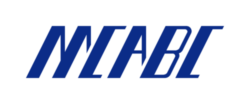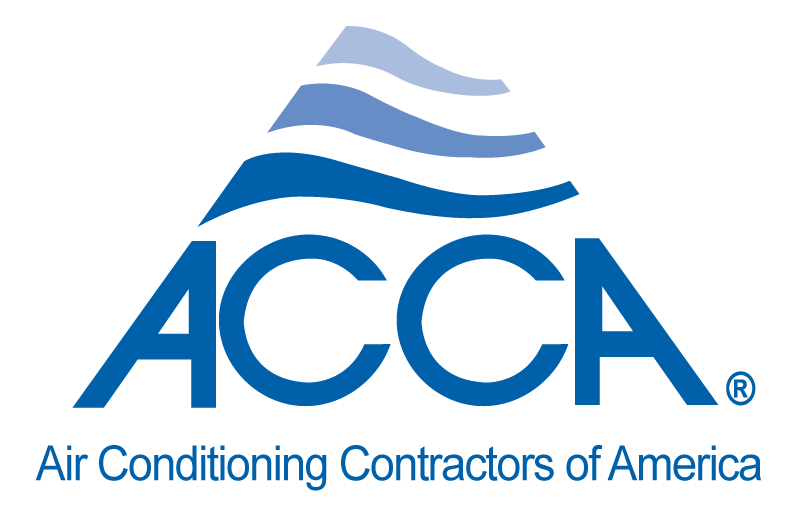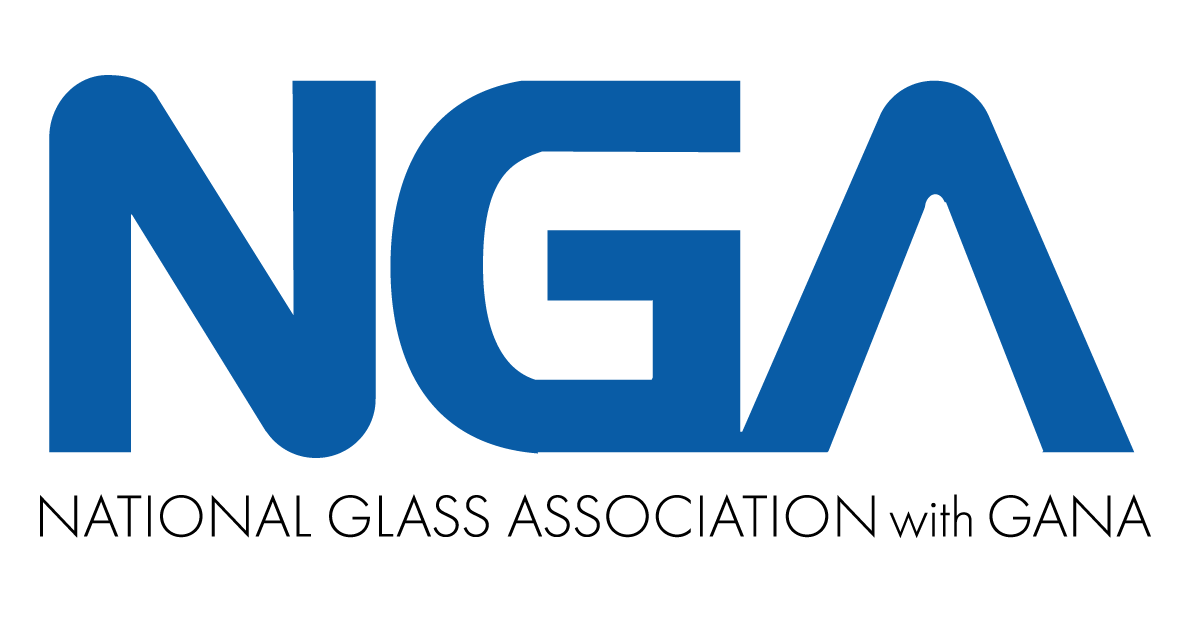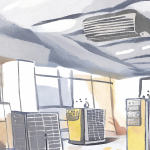In recent years, the concept of remote work has evolved from a trend to a necessity, driven by technological advancements, changing work preferences, and global events. While remote work might seem like a distant reality for traditional trades businesses like HVAC, construction, glaziers, plumbers, and electricians, the truth is that these industries can also benefit from embracing remote work and hybrid workforces. In this article, we’ll explore how managers and contractors in the trades industry can successfully navigate this shift and how workforce management companies like Your Radar can facilitate the transition.
Understanding the Shift
Before diving into the practicalities, it’s crucial to understand why remote work and hybrid workforces are becoming increasingly relevant even in the trades industry.
- Changing Expectations: Today’s workforce, including trades professionals, increasingly values flexibility and work-life balance. Offering remote work options can attract and retain top talent.
- Technology Advancements: With the advent of mobile apps, project management software, and communication tools, trades businesses can now effectively manage operations and communication remotely.
- Crisis Preparedness: Recent global events have underscored the importance of having flexible work arrangements that can adapt to unexpected disruptions.
Navigating the Transition
Transitioning a trades business into a remote work or hybrid model involves several key steps:
- Assess Current Processes: Evaluate existing workflows and identify tasks that can be performed remotely or require on-site presence. This assessment will help determine the feasibility of remote work and hybrid arrangements.
- Invest in Technology: Equip your team with the necessary technology and tools to facilitate remote work. This may include project management software, communication tools, mobile apps for field technicians, and cloud-based storage solutions.
- Establish Clear Communication Channels: Effective communication is essential for remote and hybrid teams. Implement communication protocols and tools that enable seamless collaboration between on-site and remote workers.
- Provide Training and Support: Offer training sessions to familiarize employees with remote work tools and best practices. Additionally, provide ongoing support to address any challenges or concerns that may arise during the transition.
- Define Performance Metrics: Establish clear performance metrics and goals for remote and hybrid workers to ensure accountability and productivity. Regularly monitor and evaluate performance to identify areas for improvement.
Leveraging Workforce Management Solutions
While navigating the transition to remote work and hybrid workforces, trades businesses can benefit from partnering with workforce management companies like Your Radar. Here’s how Your Radar can help:
- Streamlined Scheduling: Your Radar offers advanced scheduling capabilities that enable trades businesses to efficiently manage remote and on-site workforce scheduling. With features like drag-and-drop scheduling, real-time availability tracking, and automated shift reminders, managers can optimize workforce allocation while ensuring adequate coverage for projects.
- Mobile Workforce Management: Your Radar’s mobile app empowers field technicians to access job details, update project statuses, and communicate with the team from anywhere. This mobile functionality enhances productivity and efficiency for remote and on-site workers alike.
- Resource Allocation: Your Radar’s resource allocation tools allow managers to allocate resources based on skillset, availability, and project requirements. This ensures that the right person with the right skills is assigned to each task, whether it’s performed remotely or on-site.
- Performance Tracking: Your Radar provides robust analytics and reporting features that enable managers to track key performance metrics for remote and hybrid workers. By gaining insights into productivity, efficiency, and customer satisfaction, managers can identify areas for improvement and make data-driven decisions.
Conclusion
Embracing remote work and hybrid workforces presents unique opportunities for trades businesses to enhance efficiency, attract top talent, and adapt to evolving market demands. By following a strategic approach and leveraging the capabilities of workforce management solutions like Your Radar, managers and contractors in the trades industry can successfully navigate this shift and thrive in the digital age.








